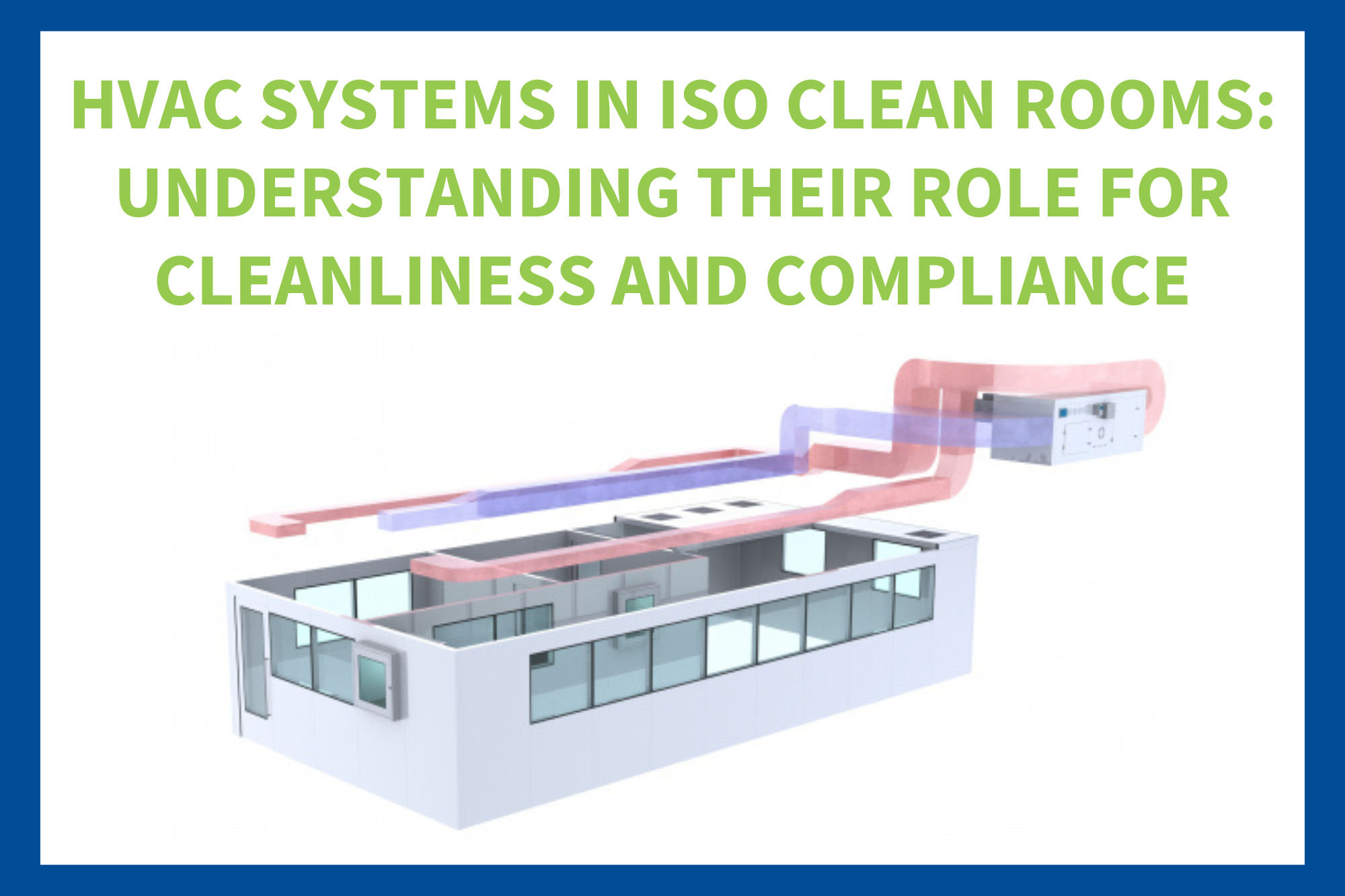Did you know there are legal requirements to meet the ISO clean rooms standard? Do you know what these requirements are? Failing to meet this standard can cost you money or worse.
An HVAC system is essential in maintaining air cleanliness and comfort levels in an ISO clean room. It is also important to get it right, as even the slightest mistake can affect your ability to meet compliance regulations.
Our guide will walk you through every step of designing an efficient and compliant HVAC system. It is important to understand airflow requirements that meet clean room standards, which can be achieved through a HEPA filtration system.
Read this guide to discover the vital role HVAC systems play in creating clean, compliant environments in ISO clean rooms.
What Are ISO Clean Rooms?
The US has a way of measuring how many particles are in the air in one cubic foot. This number is used to classify how clean the room is.
To help identify the different classifications, the metrics used are given names. The most recent version of the Standard is 209E, which is used in the United States. TC 209 from the International Standards Organization is another version of this Standard.
Both the FS 209E and ISO 14644-1 are standards that measure the number of particles in the air of a room.
Clean Room Requirements
Different requirements depend on which ISO standards you need to meet. For example, to achieve an ISO 1 clean room, there must be fewer than 2 particles that are bigger than 0.3 microns, and no particles that are bigger than 1.0 microns in one cubic meter.
In comparison, to have an ISO 2 clean room there have to be fewer than 11 particles that are bigger than 0.3 microns and no particles that are bigger than 1.0 microns in one cubic meter. Below are some of the specifics needed to achieve and maintain each of these levels.
ISO Specifics
- ISO 9 zone requires 15–25 air changes per hour
- ISO 8 zone requires 15–25 air changes per hour
- ISO 7 zone requires 30–60 air changes per hour
- ISO 6 zone requires 90–180 air changes per hour
- ISO 5 zone requires 240–600 air changes per hour
- ISO 4 zone requires 400-750 air changes per hour
- ISO 5 zone requires 240–600 air changes per hour
- ISO 2 zone requires 500-750 air changes per hour
- ISO 1 zone requires 500-750 air changes per hour
How HVAC Systems Comply with ISO Requirements and Classifications
Heating, ventilation, and air conditioning (HVAC) systems play an important role in maintaining comfortable conditions in buildings while also adhering to regulatory requirements.
This is especially true when it comes to ISO requirements and classifications, which set the standards of safety, quality, efficiency, and sustainability.
Here is how HVAC systems comply with ISO requirements and classifications:
Energy Efficiency
HVAC systems can be designed to meet ISO’s energy-efficiency requirements by using high-efficiency components such as variable speed drives, condensing boilers, air-source heat pumps, chillers with digital scroll compressors, etc.
These components not only reduce energy consumption but also help reduce emissions from buildings and facilities.
Quality Control
HVAC systems must adhere to ISO quality control standards in order to ensure that indoor air quality meets the established guidelines for acceptable levels of contaminants such as dust particles or carbon monoxide.
HVAC technicians can use state-of-the-art technology such as airflow sensors and ozone generators to monitor the performance of the system on a regular basis and take corrective action if necessary.
Sensors & Automation
A state-of-the-art HVAC system should be equipped with sensors that can detect changes in temperature or humidity levels inside buildings or establishments; this type of automated technology helps ensure that buildings remain compliant with the necessary regulations set forth by the ISO organization.
What Are HEPA Filtration Systems?
HEPA is an acronym that stands for “High-Efficiency Particulate Air”. The HEPA filters within the system are designed to remove approximately 99.97% of dust, pollen, mold, bacteria, and any other airborne particles. In order to maintain the effectiveness of these filters, HEPA filtration systems require routine cleanings and filter replacements in order to function properly.
Having a preventative maintenance plan with a reliable HVAC company is an excellent way to ensure optimal performance and efficiency, allowing you to maintain compliance with your ISO clean room requirements.
Looking for HVAC Commercial Services?
With HVAC systems being essential for ISO clean rooms to maintain air cleanliness and comfort levels, choosing the right company to install and maintain your equipment at ISO standards will ultimately save you time and money by keeping your business running smoothly.
If you have any questions or need assistance with choosing an efficient and compliant HVAC system for your ISO clean room, contact our team at AirLogix today! We are here to help make sure you remain compliant while creating a safe environment for everyone involved.

Bethany Elfaham spearheads AirLogix, a company distinguished for its advanced commercial HVAC/R services. Bethany’s leadership and expertise in mechanical systems have propelled AirLogix to the forefront of HVAC innovations, offering energy-efficient and reliable solutions to businesses. Her focus on sustainable practices and customer-centric service ensures that AirLogix remains a leader in enhancing indoor air quality and operational efficiency for its clients.
